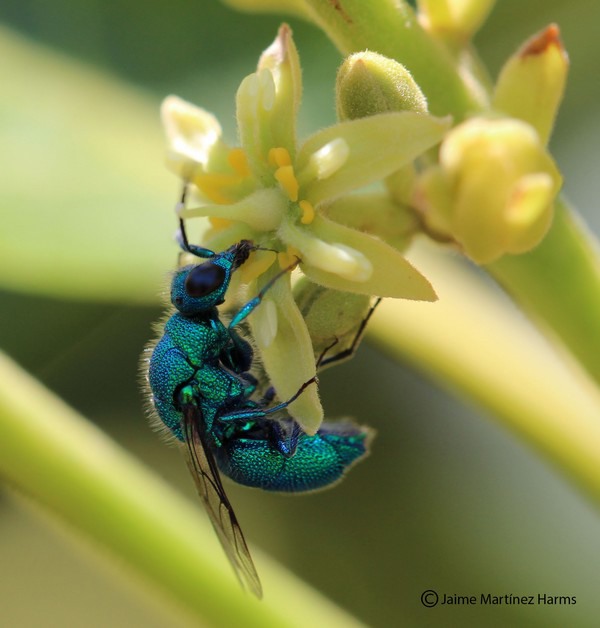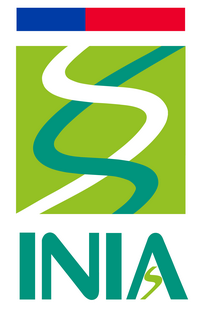The project seeks to develop artificial attractants for pollinators
An initiative of the INIA-FIA is committed to developing an artificial attractant to manage pollination and improve avocado cultivation. They are developing a synthetic floral bouquet, which simulates the aroma of the avocado flower and which will be used to attract wild pollinating insects.
The technical team of this project called 'Development of artificial attractant as an input for the implementation of a pollination management strategy in Hass avocado orchards from the Valparaiso region' is made up of doctors Jaime Martinez-Harms, the director of the project; Aart Osman, and Jan Heinrich Bergmann.
“The goal is to determine the chemical identity of the volatile compounds that make up the floral aromas of avocado and then we'll determine what different compounds we can add to this mix to attract pollinating wild insects,” stated Dr. Jaime Martinez-Harms.
Dr. Jaime Martinez-Harms
The reasons behind the study
The project was validated by the FIA because the honey bee, Apis mellifera, is the most used species in the management of pollination in agricultural environments. However, the agricultural sector needs to consider alternatives to help ensure pollination in agricultural environments as this species worldwide population is declining.
In addition, Chile has an estimated 30,000 hectares planted with avocados, which means that the country needs 300,000 hives to pollinate this crop, which represents more than 50% of the total number of hives in the country.
The project also contemplates the realization of a cadastre of the native flora in the geographic areas where avocado orchards are located in order to select native species that can serve as habitat for wild pollinators.

A wasp on an avocado flower
Tests
The volatile compounds emitted by the avocado flowers will be captured in situ. These samples will then be taken to the laboratory where researchers will analyze them and find correlations of how the aroma of the avocado flower is associated with the attraction of insects.
During the flowering period, researchers will quantify the pollinators on the flowers in each of the experimental orchards, which are located in the province of Quillota and San Antonio. They will continue monitoring them after the flowering period.
Avocado cultivation in Quillota
The chemical compounds will be identified in the Laboratory of Chemical Ecology of the Pontificia Universidad Catolica de Valparaiso directed by Dr. Jan Heinrich Bergmann. Meanwhile, the evaluations to determine the electrophysiological response of native insects to the compounds present in the avocado flower will be conducted in the Laboratory of Plant Physiology and Molecular Biology of INIA La Cruz in the Valparaiso Region.
For more information: www.inia.cl 
